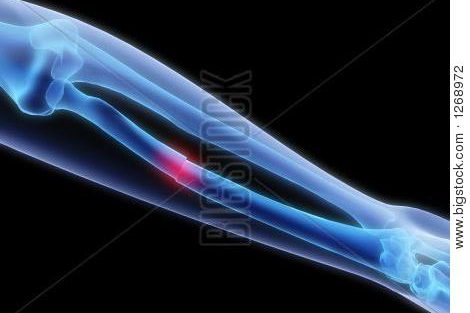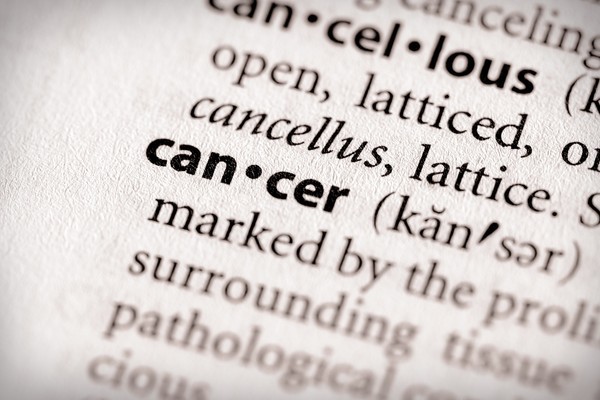Here is a weird one. Stage 0 Cancer. That is “zero” as is nothing, zip, bupkis. Is Stage 0 cancer the same as no cancer at all? Must we worry about is this nada named neoplasm?
A quick review: Stage is a medical term for “how much surgery needs to be done to remove this cancer.” Stage 1 requires local surgery. Stage 2 requires the removal of extra tissue, such as lymph nodes. Stage 3 requires extensive surgery and still may not be successful. Stage 4 cancer cannot be removed by surgery. Stage is not the same as prognosis. Certain Stage 1 cancers are fatal and there are Stage 4 cancers that can be cured.
First, let us be clear. Stage 0 cancer is real disease and real cancer. It is a term for localized cancerous cells, which are growing only on the surface. Such cells may be referred to as “in situ,” which is a Latin phrase meaning “in position.” In situ cancers are the earliest malignant growths. They can occur in many organs and if left untreated may result in invasive and deadly disease. Probably all dangerous cancers start as Stage 0.
The most common Stage 0 or “in situ” cancers occur in the ducts of the breast. Malignant growths confined to the ducts (or milk lobules) are called ductal carcinoma in situ (DCIS) or lobular carcinoma in situ (LCIS). These are common conditions and lead to an increased risk of higher stage breast cancer. They require surgical excision and may require further therapy such as radiation or hormone blockers. Nonetheless, DCIS and LCIS have an almost perfect prognosis, and can be looked upon as warnings.
Cancer can start on the surface of the colon, cervix, uterus, stomach, mouth or esophagus. In its earliest stage, when only a few neoplastic cells lie on the surface, this is Stage 0. The same is true for early melanoma when a small amount of deadly cancer cells grow on the skin, like a coat of thinnest black paint. Even cancers of the pancreas or testicles start as a change in the lining of ducts. The problem is finding these cancers as Stage 0 and curable.
Stage 0 bladder cancer is quite common and unique. When early cancer grows on the bladder surface two things often happen. First, it is possible to find cancerous cells in the urine. Second, bleeding in the urine is common. This means that early detection is frequent. With in situ bladder cancer, it is possible to scrape off the cancerous cells and then clean the bladder surface with a chemical (BCG). This means with good care, many less people require surgery or lose their bladders.
There are some exceptions to the Stage 0 idea. Chronic Lymphocytic Leukemia (CLL) is a chronic blood disease with an good prognosis. CLL at it earliest, just a few cancerous lymphocytes on a blood test, is Stage 0. This is because most patients will not require treatment for more than 10 years. As it is a blood disease, its Stage has nothing to do with surgery, but only with its long survival.
There are types of cancer for which Stage 0 does not exist. Acute leukemia’s, such as ALL and AML, are so aggressive that they are not given stages at all. They are present or not, the amount does not matter. The chronic leukemia CML, while much less dangerous, is the same; a patient either does or does not have the illness.
Myeloma is staged as 1, 2 or 3 depending on the amount of disease, there is no true 0. Brain tumors and liver cancer (HCC) are hard to detect, and occur deep in solid organs. Experts have never really found in situ or Stage 0 disease. Finally, there is debate whether Stage 0 lung cancer really exists, or is the earliest cancer Stage 1?
Stage 0 cancer is the basis for a great deal of research. Perhaps at this earliest time, it may be possible to reverse the cancerous process or use simpler treatments. There is the possibility of early detection by finding small amounts of malignant cells shed from the body or perhaps tiny amount of cancerous genes in secretions. This is why doctors emphasize colonoscopies, mammograms and PAP smears with such vigor. It is why regular dermatologic exam in persons with lighter skin or sun damage is so critical.
Stage 0 cancer is real. Understanding the early cancer process raises the possibility of prevention and early detection. This gives us an opportunity for cure. Perhaps someday, the “0” will the number of cancer patients at all.







9 Comments